How Blood Pressure Monitor Works?
How Blood Pressure Monitor Works? If you or someone in your family keeps an eye on their health, chances are you’ve got a blood pressure monitor lying around at home. It’s become a health essential — especially for managing high blood pressure or staying on top of your heart health.
Please click the link below to watch the video : https://youtube.com/shorts/dNmhSlLEiW4
How, however, does this little machine work?
1. First off — What is Blood Pressure?
Blood pressure The amount of pressure that your blood puts on the side of the arteries is called blood pressure. It is taken in two values, the top number (systolic pressure) and the bottom number (diastolic pressure) which is the pressure when your heart squeezes and when it relaxes between each and every beat. Take an example, where the reading is 120/80mmHg, this implies that your systolic BP is 120 and the diastolic BP is 80. The two most popular types of blood pressure monitors are manual pressure monitors that involve the usage of a stethoscope and a hand pump and are frequently utilized by medical workers and digital pressure monitors that are rather simple and convenient to use at home. The most commonly used monitors are digital since they are automatic and easy to use by ordinary people. How Blood Pressure Monitor Works? A regular digital monitor has a cuff that fits the upper arm or wrist, a pump that inflates the cuff, a sensor that records your changes in pressure, and a digital display that correctly indicates your blood pressure.
2. The monitor listens to your pulse
A digital blood pressure monitor pick up on minuscule vibrations in your blood stream as the cuff gradually loses off air – a sensation called a oscillometric detection. How Blood Pressure Monitor Works? Not to worry, it is not painful in any way! The monitor will detect the point at which the blood begins to flow again in the artery which is a mark of your systolic pressure. It then proceeds with checking until you cannot feel any resistance in the flow of blood and this reading becomes your diastolic pressure. Simply put, the machine is simply sensing your pulse to fetch both figures.
3. The screen shows your reading
Propper blood pressure data is important because when you are treating a condition such as hypertension then the readings are significant. How Blood Pressure Monitor Works? When you have a digital monitor your blood pressure and heart rate are displayed on the screen after a few seconds, but when the figures are not accurate it may give rise to useless carefree anxiety or elude signs of warning. How Blood Pressure Monitor Works? In order to guarantee the same it is advisable you employ a few simple points: sit down relaxedly at least 5 minutes before reading, hold your arm parallel with the heart level and finally take off caffeine, smoking, or exercising at least 30 minutes prior to reading. All of these precautions aid in providing your monitor a chance of giving exact representation of your heart health.
- Ways of Selecting the Appropriate Blood Pressure Home Indicator -High blood pressure or hypertension is a silent killer, usually it is not noticeable but can cause major health complications such as heart attack, stroke and even kidney failure. How Blood Pressure Monitor Works? One of the best methods of keeping abreast with the problem is regular monitoring by individuals who already have hypertension or those prone to it. A home blood pressure monitor is then a very useful device. But how do you get the right one being that there are so many in the market?
1. Kinds of BP Monitors – There are mainly two types used for home monitoring:
Upper Arm Monitors (Automatic/Digital) Doctors recommend them the most. The cuff is fastened on your upper arm and the machine inflates itself automatically to take blood pressure.
Pros:
• More accurate
• Easy to use
• Approved by most health organizations
Cons:
• Bulky for travel
• Requires positioning at heart level for accuracy
2. Accuracy and Validation – Precision is above discussion. How Blood Pressure Monitor Works? False warning or alarms and missed warnings may occur due to an improper monitor. Opt for a clinical validated device.
Tips:
• Seek monitors, licensed by health agencies such as the Association of Advancement of Medical Instrumentation (AAMI), the British hypertension Society (BHS) or European Society of Hypertension (ESH).
• Find validation reports on the producer site.
• Some devices carry a “validated for clinical accuracy” mark—this is a strong plus.
3. Cuff Size and Fit – Cuff size greatly influences accuracy. When the cuff is too tight or too loose it can produce inaccurate results. Take the upper-arm circumference mid-way between the shoulders and the elbow. How Blood Pressure Monitor Works? Typical standard cuffs are made to fit arms 2232 cm in circumference; other sizes exist.
Tip: Pay attention to those monitors that have adjustable cuffs or may include various cuffs in case of using the device by several relatives.
4. Usability Ease – A complicated monitor will likely collect dust. How Blood Pressure Monitor Works? Choose a straightforward device, with intuitive buttons and a clear display.
Look for:
• Large, backlit screens
• One-touch operation
• Voice guidance (optional, useful for seniors)
• Irregular heartbeat detection
• Memory function to store past readings
Have a questions? Call to us!
Mobile: (+91) – 987-180-4970,
Mail: contact@snapshophub.com
Opening Hour
Monday – Friday: 9am – 6pm
Sunday & Saturday: 10am – 5pm


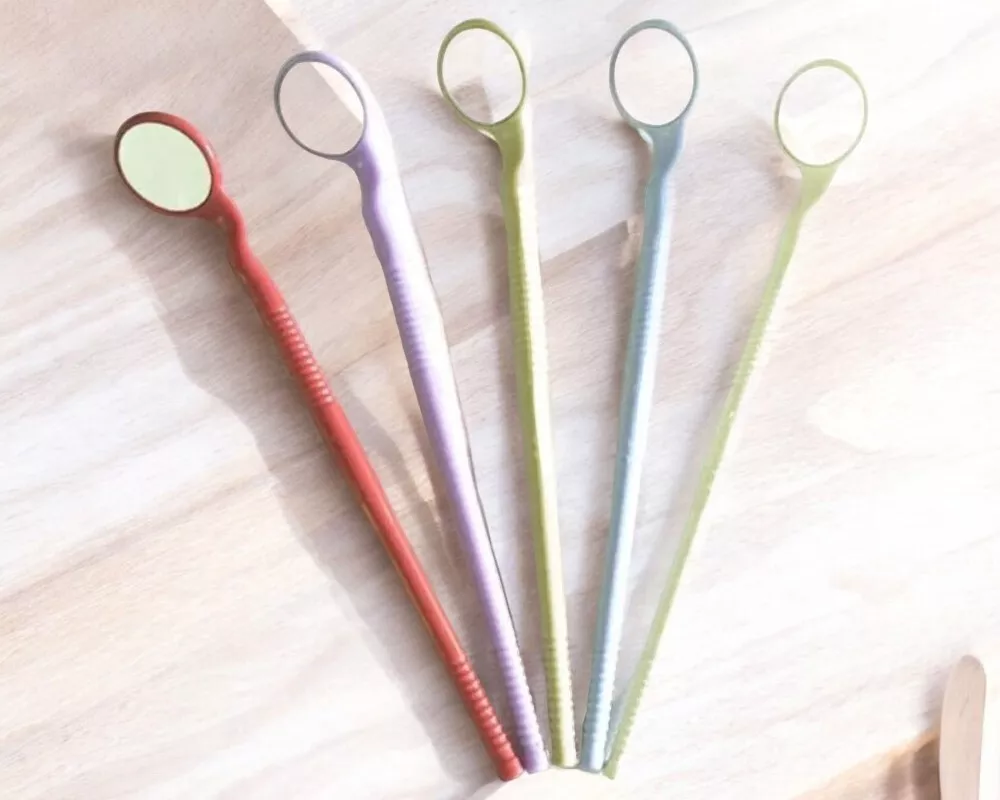
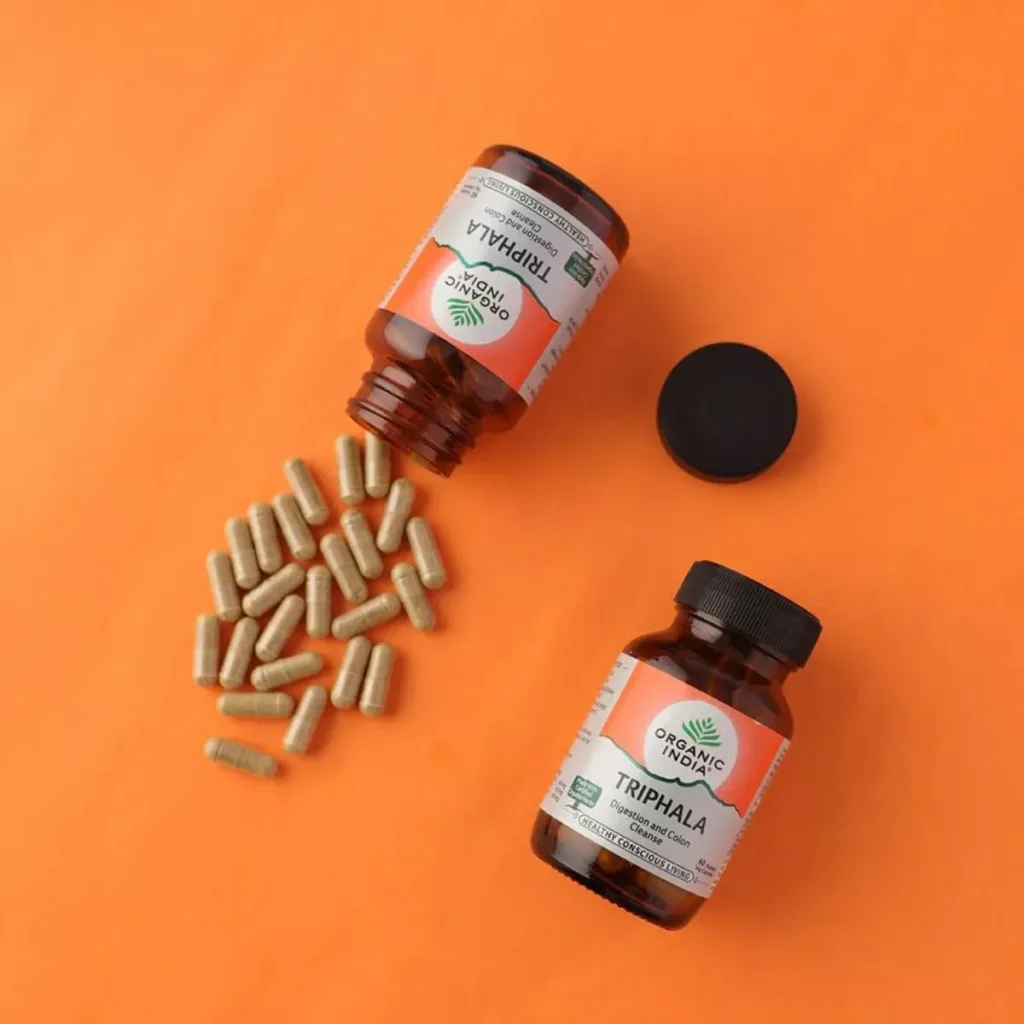
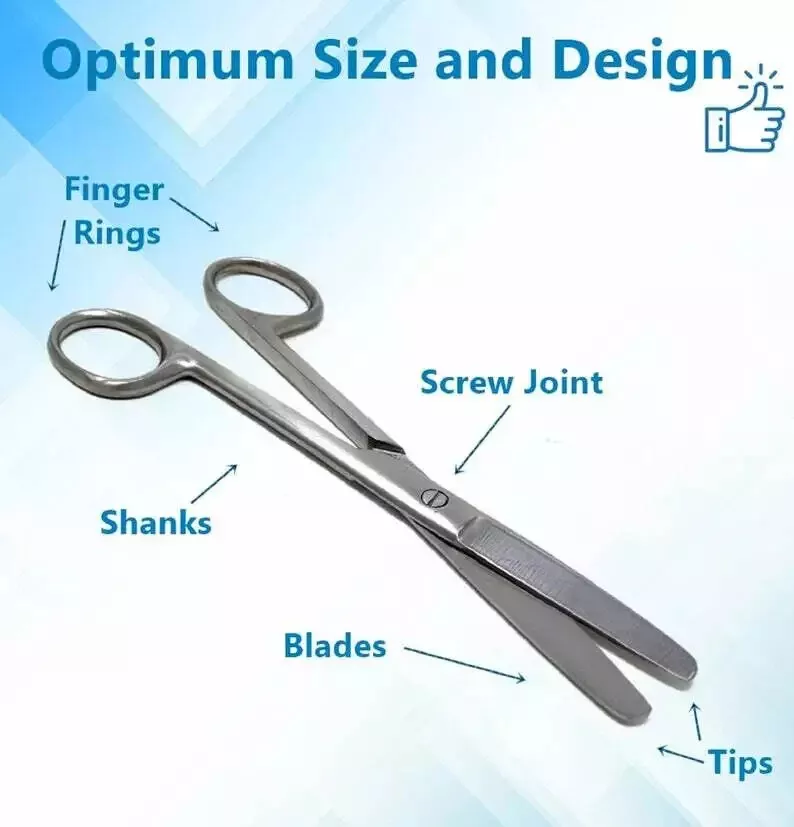

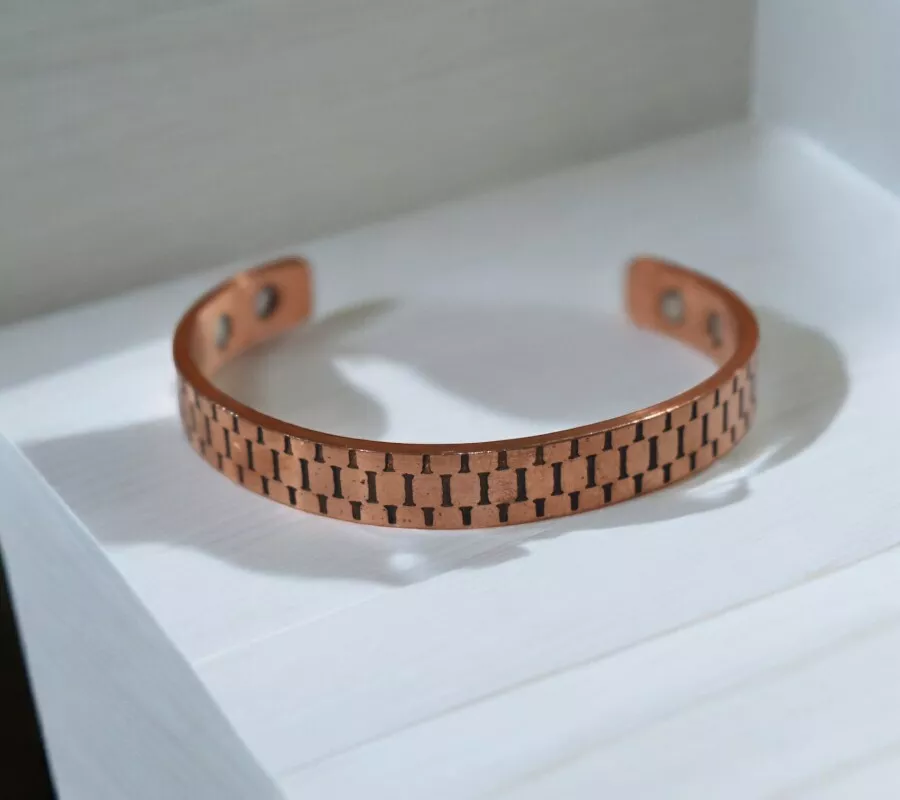

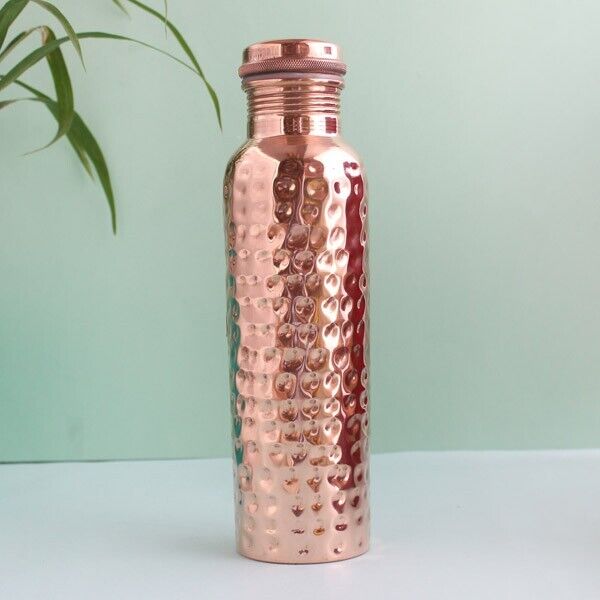


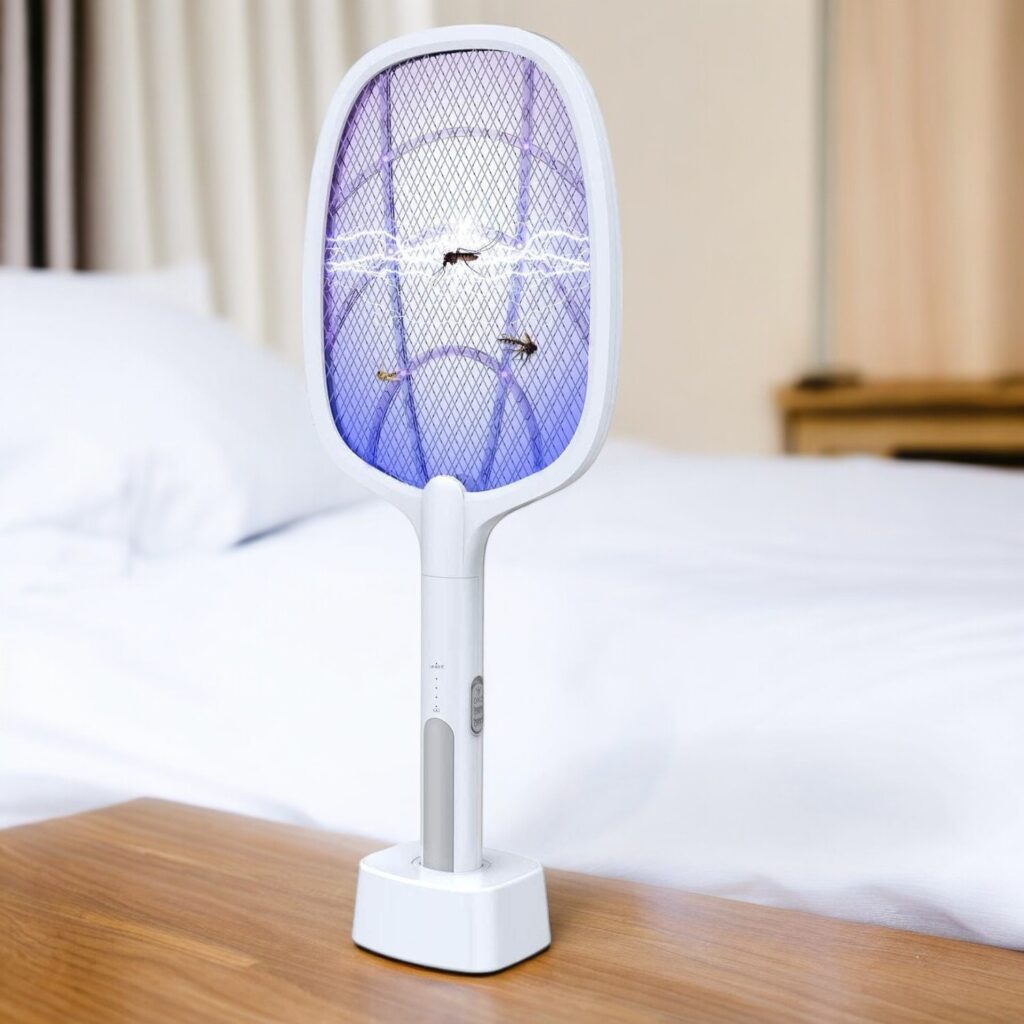



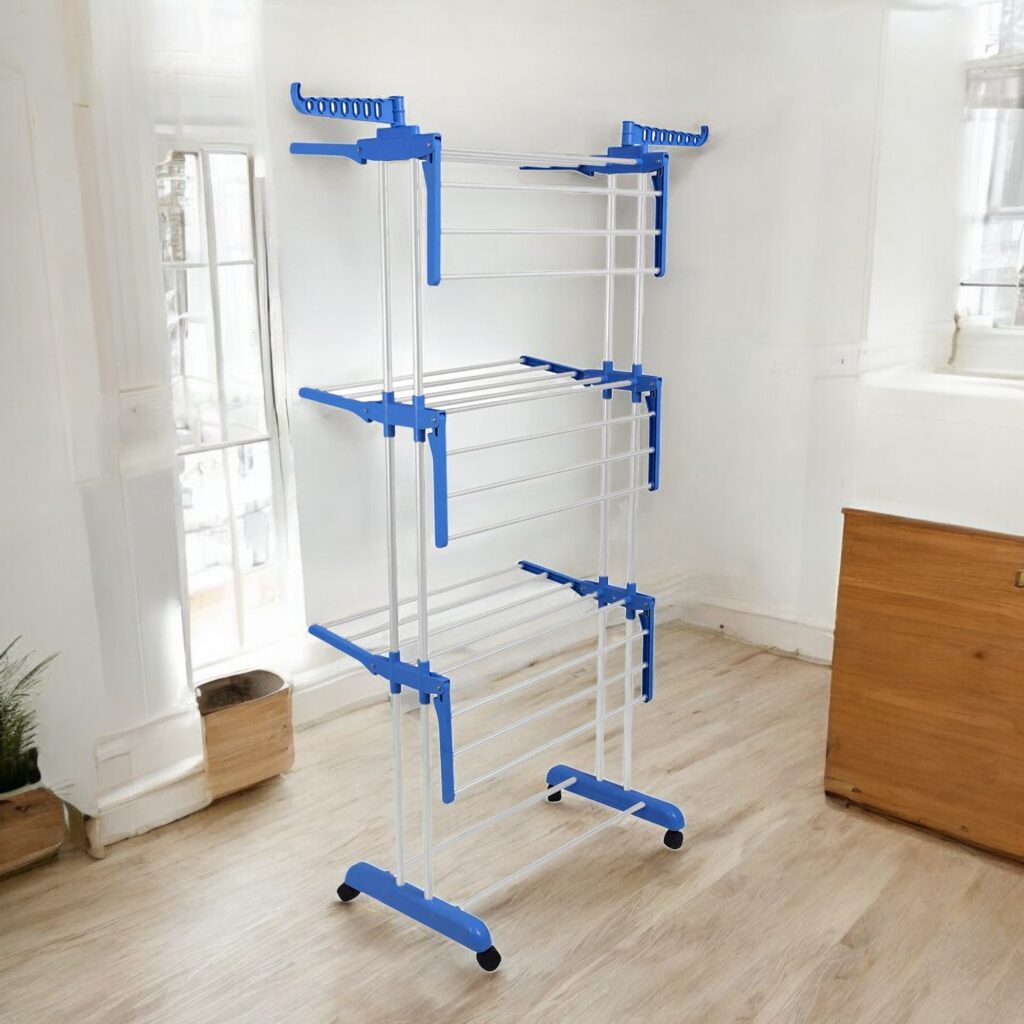
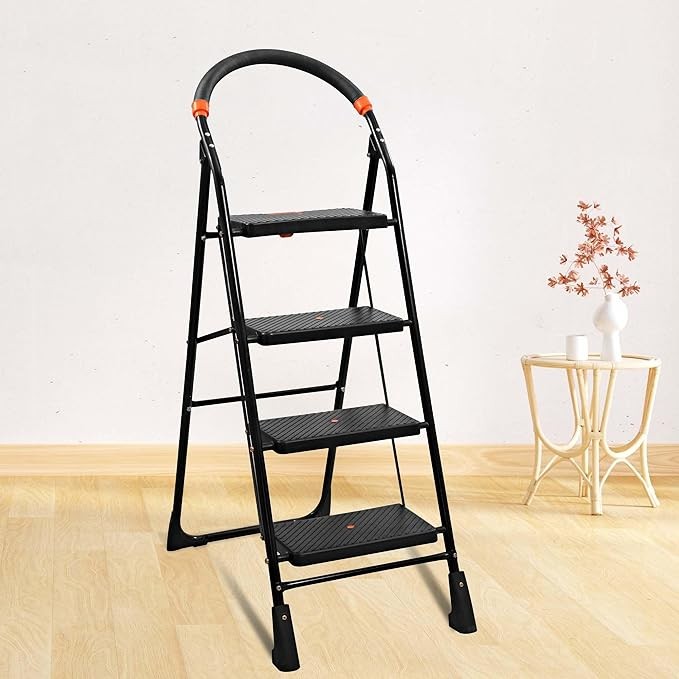
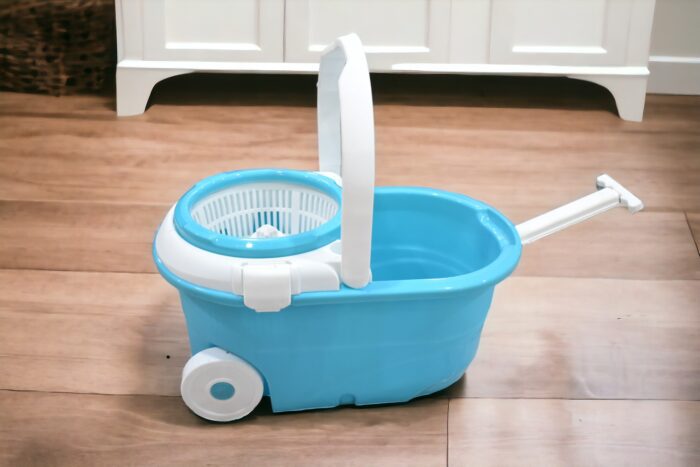





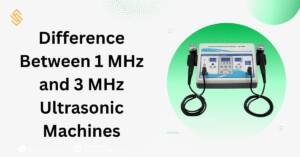
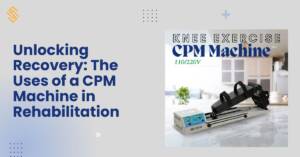

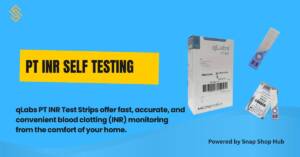



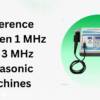

Add comment